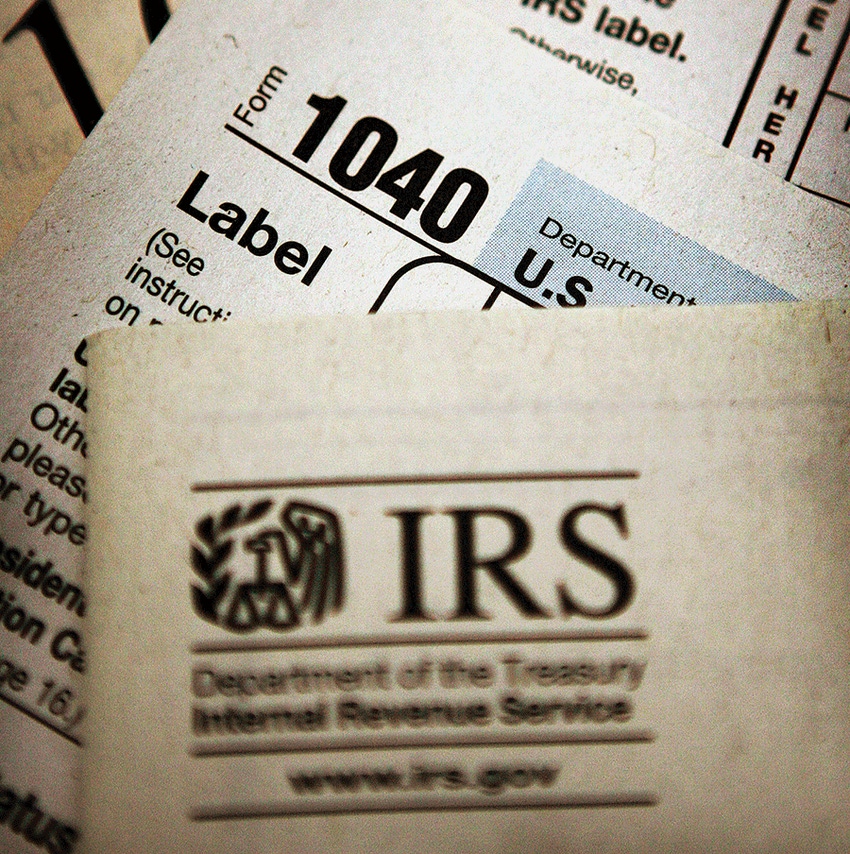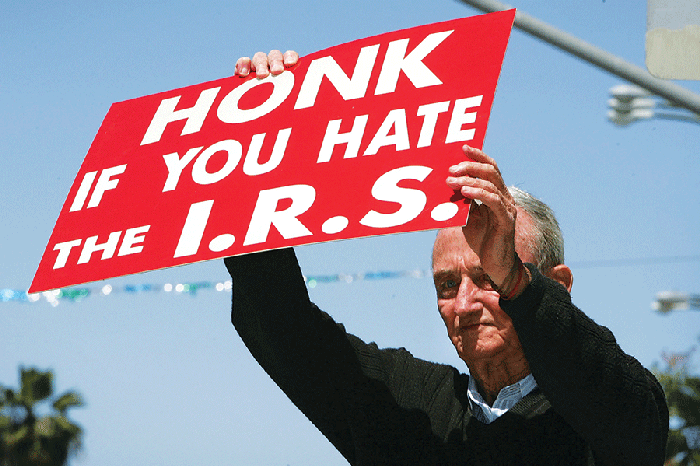
How do you pay for tax cuts just shy of $6 trillion? Apparently with budgetary smoke and mirrors.
The administration’s tax package (which the president is reported to have wanted to label the “Cut, Cut, Cut” bill), would eliminate or substantially reduce some long-standing personal tax breaks, including the deduction for state and local taxes, and greatly reducing the amount of money employees can shelter each year in 401(k) retirement accounts.
While these revisions to the tax code could potentially bring in billions of additional dollars, they are dwarfed by the far greater billions in tax cuts to corporations and the wealthy. Estimates by the Tax Policy Center indicate that all the tax cuts, if enacted, would drastically reduce revenues to the government, as much as $2.4 trillion in the first decade and $3.2 trillion in the second decade.
While the president promises that the plan would mean an average “$4,000 raise to the typical American household,” the reality too often is that more money in corporate coffers seldom filters down to employees (as evidenced during years of near-zero interest rates that allowed corporations to amass huge stockpiles of cash, but wages remained basically flat to negative). The Congressional Research Service says corporate tax cuts mostly benefit wealthy Americans.
The president, who has repeatedly railed that U.S. corporate taxes are among the highest in developed nations, suggesting slashing them to 15 percent, has conveniently not mentioned tax experts who say because of loopholes in the law, corporate taxes are not much higher than those in the rest of the world.
All that aside, even with the additional revenues from the elimination or reduction of personal deductions, savings from repeal of the Affordable Care Act, and other measures, estimates are the plan would still add from $2.2 trillion to $2.7 trillion to the already staggering national debt.
Perhaps the most dubious of the administration’s justifications for the whopping cut in corporate taxes is that it will generate economic growth on the order of 3 percent to 4 percent — which most analysts deem unachievable, given that the U.S. growth rate has been only about 2 percent for years. “With the demographic headwinds from an aging population, 4 percent economic growth has virtually no chance of materializing over a sustained period of time, and promises of such growth are more likely to generate false hope than true resolve,” says the Committee for a Responsible Federal Budget, a non-partisan research and analysis organization.
Rather, it says, “economic growth is projected to be 1.8 percent over the next decade,” and “while it may be possible to temporarily boost economic growth through demand-side ‘stimulus,’ there is no plausible path to sustained 4 percent growth.” To even grow the economy by 3 percent annually, it says, is “an unlikely scenario, given recent trends.”
As if to further muddy the waters, the House and Senate committees are either writing bills of their own, or adding “refinements” to the overall bill.

One provision of particular concern to farmers, which would have made crop share income from leased or rented farmland subject to Social Security and Medicare taxes and thus would have increased self-employment taxes on thousands of farmers, has been removed in H.R. 1, the House tax reform bill. Some tax analysts said the tax could result in a tax increase of 15 percent or more that could be passed back to the farmer in higher rent/lease terms.
The National Council of Farmer Cooperatives also takes issue with a portion of the House bill, that would eliminate the Domestic Production Activities Deduction, also known as Section 199, the "Tax Cuts and Jobs Act of 2017." This would raise taxes on millions of farmers and depress economic activity throughout rural America, NCFC says, noting that “the value of the deduction for agriculture in a number of states is substantial”— millions of dollars annually in many states.
“Initial calculations, using assumptions based on the Unified Framework on tax reform, show that the tax burden for an individual farmer could increase by thousands of dollars each year under Section 199 repeal,” the NCFC statement says
“Farmers have been told that tax reform will give them more money in their pockets to invest back in rural communities. The House tax reform package takes money away from farmers at a time when they are suffering from extremely low commodity prices. Rural America strongly supports a pro-growth tax policy, but the proposal to eliminate Section 199 will have the exact opposite effect.”
About the Author(s)
You May Also Like




